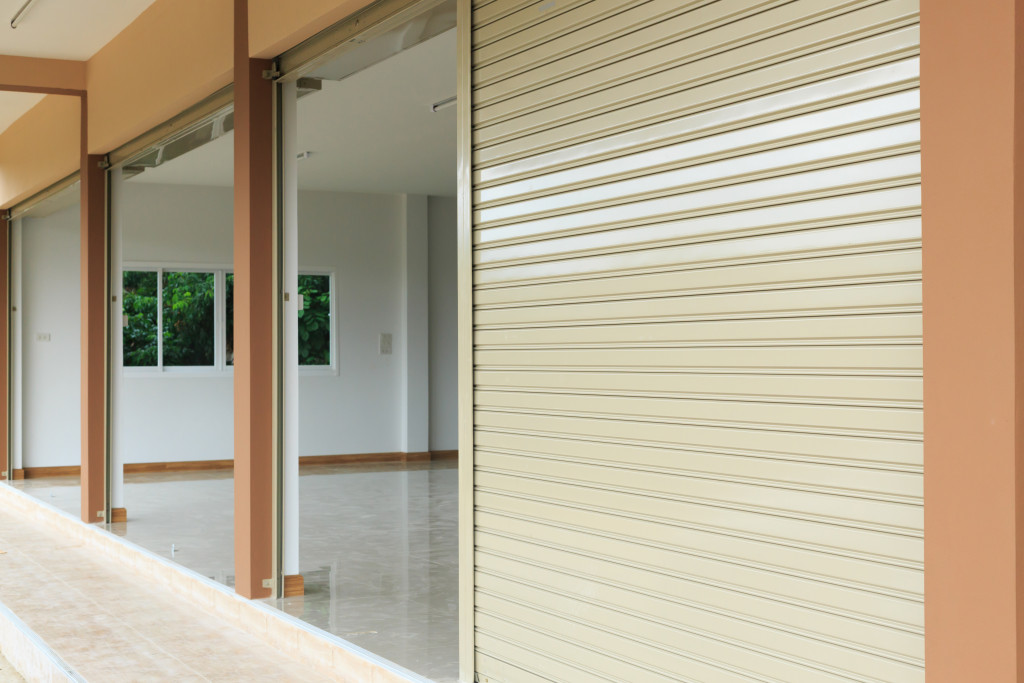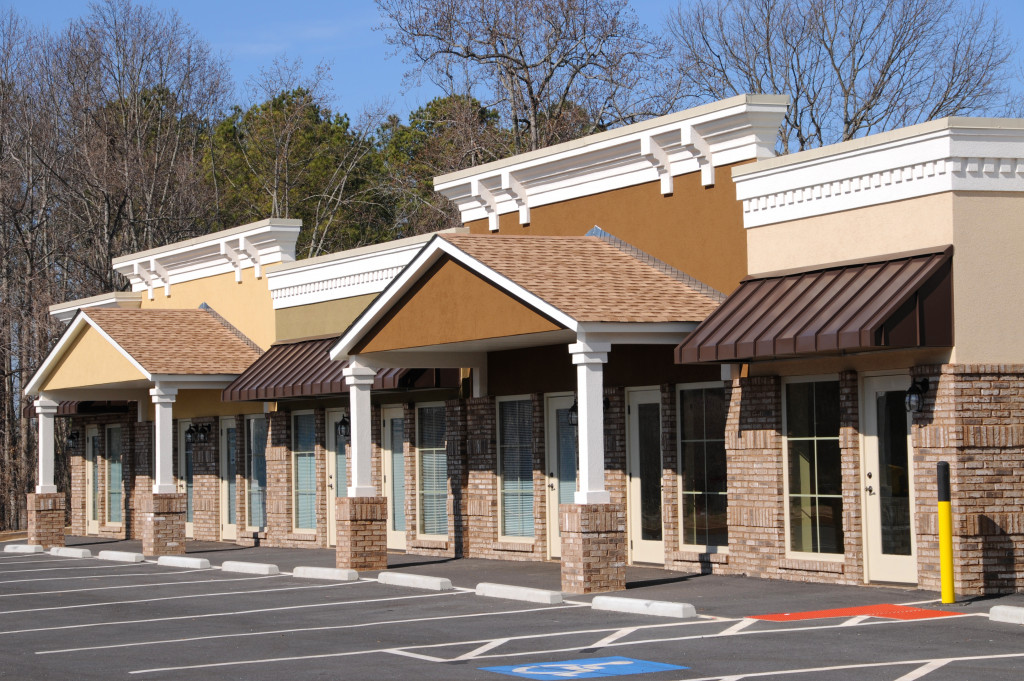If you’re doing business in a region where the weather is unpredictable, your physical store has probably had to deal with the effects of extreme climate conditions. Whether it’s heavy rains and flooding, strong winds and flying debris, or blistering heat waves, these can wreak havoc on your business if you’re not prepared.
That’s why it’s important to have a plan to weatherproof your shop for any season. Here are a few practical ways to do just that:
Board up your windows and doors.
Windows and doors are the most common entry points for extreme weather conditions, so it’s essential to protect them. Boarding them up will help keep wind, rain, and debris from entering your store.
You can easily do so by using plywood or other materials. Although it’s not the most aesthetically pleasing option, it’s a quick and easy way to protect your storefront. If you want to be more creative, you can use decorative shutters or storm panels.
However, it’s essential to ensure that your panels are securely fastened and will stay in place during high winds. Or else, they could become flying debris themselves and cause more damage.
Invest in awnings and canopies.
Awnings and canopies are a great way to provide shade and protection from the sun, rain, and wind. You can easily attach them to the outside of your store and fold them up when not in use. They can also be useful when displaying advertisements or messages for your business.
On the other hand, canopies are great for protecting the sun and rain while setting up outside your store or at a market stall. You can also use them to provide shelter for customers waiting in line.
In some cases, you can use awnings and canopies together to create a covered walkway or entryway. It can provide an extra layer of protection for your customers entering and exiting your store.
Seal up any cracks and holes.
Even the smallest cracks and holes can let in water and pests, so it’s important to seal them up before they cause any damage. You can use caulk, weather stripping, or expanding foam to fill gaps.
It’s also good to check your roof and gutters for any leaks or damage. These require immediate repair to prevent further damage to your store. It can also help to install gutter guards to keep leaves and debris from clogging up your gutters and causing them to overflow.
You should also avoid using duct tape as it’s not very durable and can come loose easily. Nonetheless, what’s important is that you regularly inspect your store for any damage that needs to get fixed.

Weatherstrip doors and entrances.
Perimeter gasketing for doors is a simple and effective way to keep out wind, rain, and pests. You attach a strip of weatherproofing material to the doorframe to create a seal.
You can also use automatic door bottom seals triggered when the door is closed to help seal up any gaps. These are especially useful for doors that get used frequently.
Another option is to use a door sweep, a strip of material that you attach to the bottom of the door. It helps to fill in any gaps and prevent elements from coming inside.
It’s a good idea to use these methods to create the most effective seal. In doing so, you can be sure that your store gets protected from the elements.
Install weatherproofing film on windows.
Window film is a thin, transparent layer of material that you can apply to your store’s windows. It helps block out harmful UV rays, reduce glare, and keep out heat and cold.
In some cases, it can also help to hold glass together in a breakage. It can be particularly useful in areas prone to high winds or hurricanes.
When choosing a window film, it’s important to consider your store’s climate. You’ll also want to select a film with a high UV rating and durable enough to withstand the elements.
Improve the insulation of the store.
In many cases, the best way to weatherproof your store is to improve the insulation. It helps keep out the heat in summer and the cold in winter. It can also make your store more energy-efficient, saving you money on utility bills.
There are various ways to improve insulation, such as adding insulation to the walls, ceilings, and floors. Another option is to use a reflective film on your store’s windows. It helps to reflect heat away from the inside of your store. This way, you can keep the store environment comfortable for your customers and employees.
Now that you know some of the best ways to weatherproof your store, it’s important to take action and protect your business. You can board up windows, invest in awnings, seal up cracks and holes, weatherstrip openings, use weatherproof films, and improve the insulation of your store. By taking these measures, you can ensure that your store will withstand any season.

